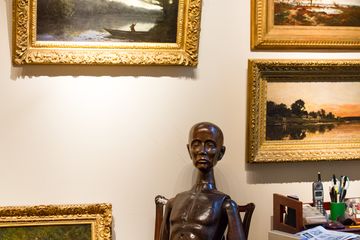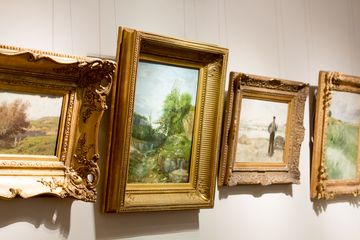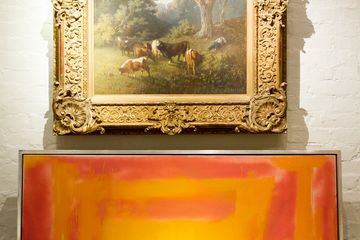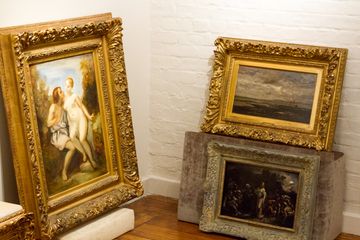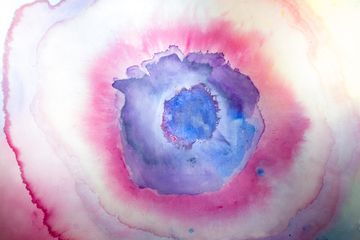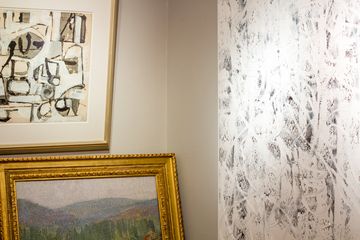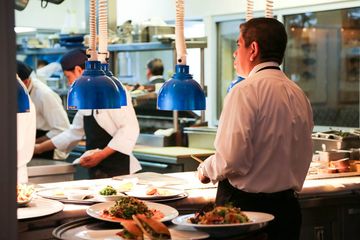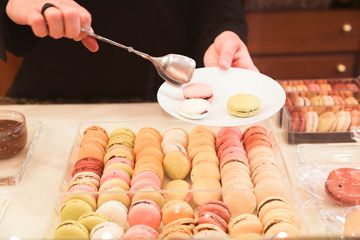La Maison du Chocolat is a sophisticated example of a delectable chocolate shop. Everything sold inside its doors is made in Paris, with the exception of the ice cream that includes ingredients from France but is prepared on site. The day that Manhattan Sideways stopped by, we met Brigitte who has been working here since 2010. A knowledgeable chocolate connoisseur, Brigitte shared La Maison's history. We learned that Robert Linxe, the founder was originally from the French Basque Country, but acquired much of his craft while attending school in Switzerland. He went on to run a successful catering service in Paris for twenty years before deciding to pursue his true passion. At the time, chocolate was considered something to be saved strictly for special occasions; as Brigitte told us, people thought Linxe's enthusiasm for a shop devoted to chocolate was "crazy. " Nevertheless, Linxe was able to find an auspicious space in Paris with a wine cellar, which he used to make the delicacies and protect them from the damaging effects of the weather. In 1977, Linxe opened the doors and welcomed Paris to his specialty boutique. Within three weeks, all of the chocolate had been sold and Linxe was dubbed the master of ganache. And in 1996, over twenty years later, Nicolas Cloiseau, the highly acclaimed chocolatier and pastry chef joined the business continuing La Maison's coveted reputation. Brigitte stressed that the discussion of chocolate is akin to that of wine; expertise comes from reading on the subject, perhaps taking a course, and most importantly, much experience. Moreover, chocolate and wine may be enjoyed together when paired consciously. Chocolate always goes well with "a nice red wine, " Brigitte said. Quickly turning to the particulars, she added that milk chocolate is best paired with white wine and dark chocolate with port. Brigitte continued to enlighten us, saying with detectable fervor, "Good dark chocolate should not be bitter. " It takes approximately ten days to dry cocoa beans. Rushing this process, a common crime of many chocolate companies, results in this bitter taste. Brigitte made a point of showing us how to taste chocolate: smell it first and then let it melt in your mouth. After this incredible offering of chocolate wisdom, Brigitte presented us with a plate of small pieces of chocolate arranged deliberately in a circle. Beginning at forty percent, each successive piece around the circle had an increased concentration of pure chocolate. We continued to climb past eighty and concluded with a piece of one hundred percent pure chocolate. At this point, a natural thickness set in and the pieces lost all association with candy. Suddenly, each of us agreed, it felt as though we were appreciating chocolate, not as a beloved dessert or comforting treat, but as a wonder of the earth.
